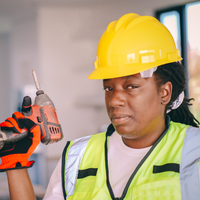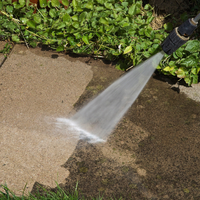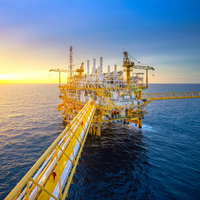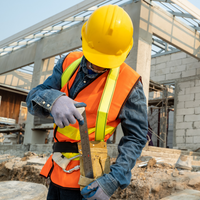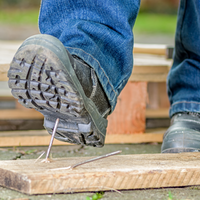Everything you need to know about Pressure Washer
Introduction
There are times in industrial laundry, you have tried clean water, have applied detergent, have introduced washing chemicals and the dirt poses to be stubborn. Then it is time to roll out the pressure washer. Pressure washers can be used for a variety of outside tasks such as cleaning backyard patios, decks, driveways, washing down patio furniture, vehicles, siding or preparing surfaces for painting.
A pressure washer or power washer is a high-pressure mechanical sprayer used to remove loose paint, mold, grime, dust, mud, and dirt from surfaces and objects such as buildings, vehicles and concrete surfaces. The volume of a pressure washer is expressed in gallons or liters per minute, often designed into the pump and not variable. The pressure, expressed in pounds per square inch, pascals, or bar (deprecated but in common usage), is designed into the pump but can be varied by adjusting the unloader valve. Machines that produce pressures from 750 to 30,000 psi (5 to 200 MPa) or more are available.
It is important that the water supply be adequate for the pressure washer connected to it, as water starvation will lead to cavitation and damage to the pump elements. Be sure your water source can provide the gallons per minute the pump requires.
The basic pressure washer consists of a motor (either electric, internal combustion, pneumatic or hydraulic) that drives a high-pressure water pump, a high-pressure hose and a trigger gun-style switch. Just as a garden hose nozzle is used to increase the velocity of water, a pressure washer nozzle creates high pressure and velocity.
Different types of nozzle are available for different applications. Some nozzles create a water jet that is in a triangular plane (fan pattern), others emit a thin jet of water that spirals around rapidly (cone pattern). Nozzles that deliver a higher flow rate lower the output pressure. Most nozzles attach directly to the trigger gun.
High Pressure Hose:
This is the tube that runs out from the washer to whatever cleaning attachment you have decided to use. An ordinary bit of tubing would not be able to survive the high-pressure of the water flowing through it. High-pressure hose is reinforced with wire mesh and has two or more layers of high-density plastic. It is important to use a hose that has a higher pressure rating than the pump in your pressure washer but if your washer came with your own hose, there should not be anything to worry about. Typically, the safety margin on pressure-washer hoses is about 300 percent, so if your washer is rated at 2000 psi, your hose should be able to withstand pressures of at least 6000 psi.
How does it works
Pressure washers are part garden hose and part air compressor. A typical pressure washer has either a gas-fueled engine or electrical powered motor that powers a water pump. The pump accelerates the water, supplied from a garden hose, to produce high pressure. The washer is hooked to a high pressure-rated hose. At the end of the hose is a water gun that looks similar to the pressure guns used at car washes. When the trigger is pulled, the water mixes with the air and comes out of the nozzle.
The pressure washer is really a very efficient and useful tool. It saves a lot of time, labor and water. It is used industrially to hasten up work.







